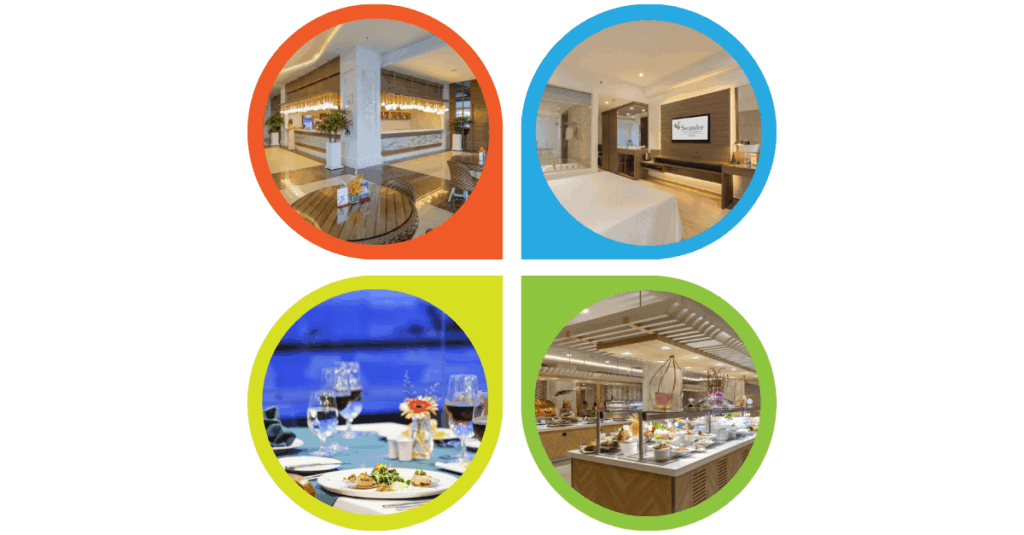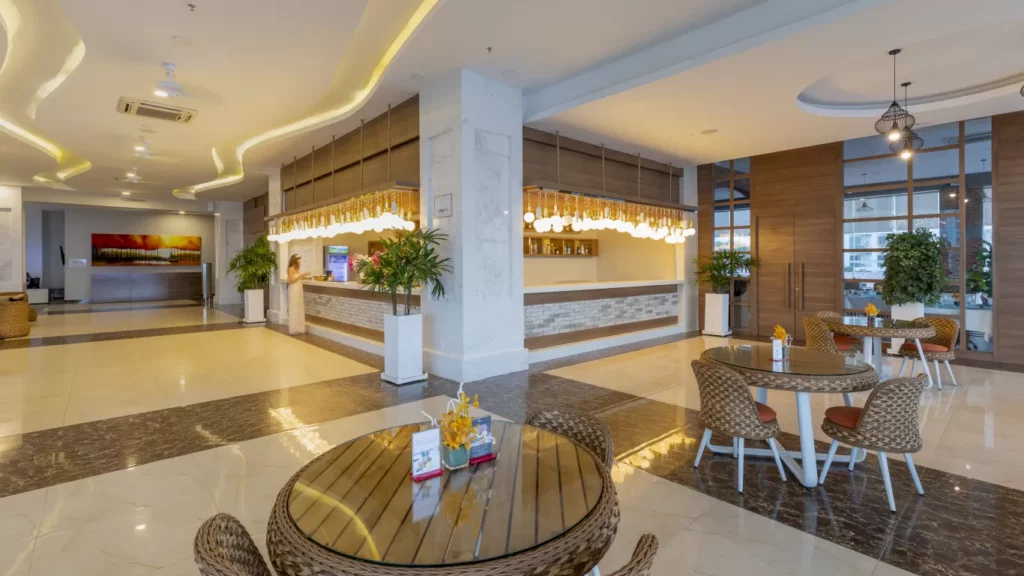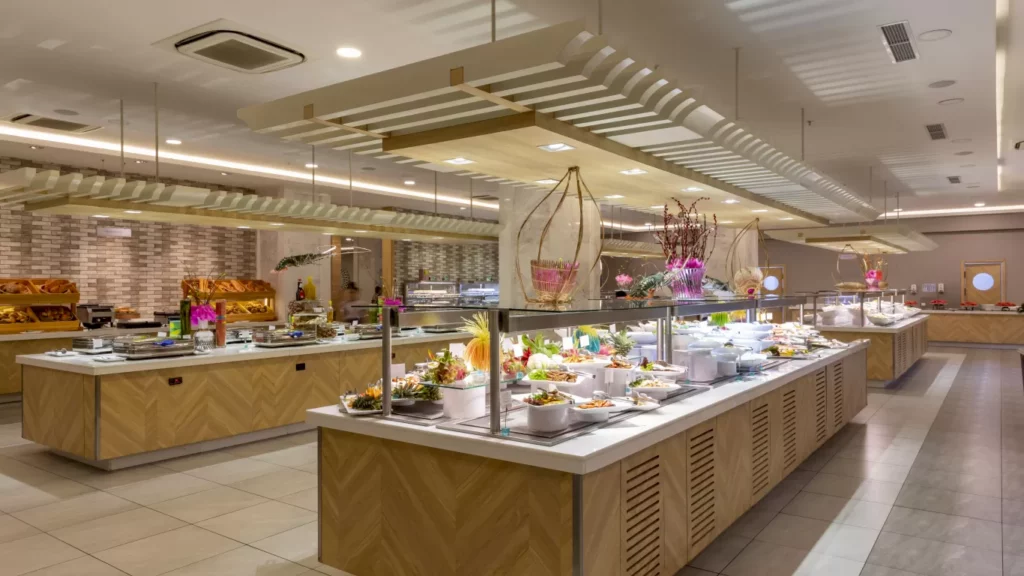How to Develop Tailored Language Content for Diverse Hospitality Teams

1. Start with a Deep Dive into Your Team’s Needs
Before designing any content, you need to understand who you’re training and what they need to achieve. In hospitality, this means going beyond just “English for hospitality” and getting granular.
- Identify Specific Roles & Scenarios: A front desk agent needs different language skills than a chef or a housekeeping supervisor. Map out common interactions for each role. For example:
- Front Desk: Check-in/check-out, handling special requests, resolving complaints, giving directions, describing local attractions.
- Restaurant Staff: Taking orders, describing menu items, handling dietary restrictions, wine recommendations, service recovery.
- Housekeeping: Communicating about room status, guest requests, reporting maintenance issues, explaining hotel amenities.
- Assess Current Proficiency Levels: Group learners not just by role, but by their existing language proficiency. It’s helpful to get more granular than just “beginner” or “intermediate”; consider using common frameworks like A2 or B1 levels to better categorize staff. For instance, beginners (perhaps A1/A2) will need foundational vocabulary and simple sentence structures, while intermediate learners (B1/B2) might focus on nuanced phrasing and complex dialogues. A rough assessment is better than simply guessing each individual’s proficiency.
- Pinpoint “Pain Points” and Common Mistakes: What communication breakdowns occur most frequently? Is it misinterpreting guest needs, struggling with specific accents, or an inability to upsell services? These are prime areas for targeted content.
2. Define Clear, Role-Specific Learning Objectives

Once you understand the needs, articulate precise objectives for each role or skill group. These objectives should be actionable and measurable.
- Move Beyond General Fluency: Instead of “improve English,” aim for “Front Desk staff will be able to confidently explain hotel amenities and respond to guest inquiries regarding local transport in English.”
- Focus on Real-World Tasks: What specific language tasks must an employee perform? Objectives should reflect these, e.g., “Kitchen staff will accurately understand and respond to food allergy information from waitstaff in English.”
- Consider Cultural Nuances: For international guests, language isn’t just words; it’s also tone, politeness, and indirect communication. Objectives might include “Staff will demonstrate culturally appropriate greetings and farewells.”
3. Curate & Create Highly Relevant Content

This is where the customization truly comes to life. Your content should feel immediately useful and relevant to their daily work.
- Use Authentic Materials: Incorporate actual hotel menus, reservation forms, guest complaint cards, or internal memos into your training. Role-playing with real-life scenarios is invaluable.
- Develop Contextual Vocabulary: Focus on terms and phrases specific to their department. Instead of a general vocabulary list, provide:
- For Front Desk: “concierge,” “bell desk,” “amenities,” “late check-out,” “credit card authorization.”
- For Restaurant: “appetizer,” “main course,” “vegetarian,” “nut allergy,” “still/sparkling water.”
- Scenario-Based Dialogues: Craft dialogues and role-plays that simulate actual guest interactions, including challenging situations like handling complaints or emergencies.
- Incorporate Visuals: Use images and videos of your actual hotel, staff, and operations to make the content more engaging and relatable. Show, don’t just tell.
4. Choose Flexible Delivery Methods
Hospitality staff often have varying schedules and work locations. Your training delivery needs to be adaptable.
- Blended Learning: Combine self-paced online modules (for vocabulary, grammar basics) with instructor-led sessions (for role-playing, pronunciation, live interaction).
- Microlearning: Break down content into short, digestible chunks (5-10 minutes) that can be accessed during breaks or before/after shifts. Think short video tutorials or quick quizzes on specific phrases.
- Mobile-First Approach: Ensure content is accessible and optimized for mobile devices, as many staff may learn on their phones.
- On-the-Job Practice & Coaching: Integrate language practice directly into daily routines. Encourage senior staff or managers to provide on-the-spot language coaching.
5. Implement Continuous Assessment and Feedback
Measuring progress is essential, but it should go beyond traditional tests.
- Performance-Based Assessments: Evaluate language skills in real-world simulations. Can the front desk agent successfully check in a guest? Can the server accurately explain daily specials?
- Peer and Supervisor Feedback: Encourage colleagues and supervisors to provide constructive feedback on communication in daily operations.
- Guest Feedback Integration: Analyze guest reviews and comments related to communication to identify areas for improvement.
- Regular Check-ins: Implement short, frequent assessments to track progress and identify areas where learners might be struggling, allowing for timely intervention and adjustment of content.
By embracing a tailored approach to language content development, hospitality businesses can transform language learning from a generic obligation into a powerful tool that directly impacts their bottom line. This approach shortens onboarding time for new staff, getting them guest-ready faster. It also leads to higher customer retention through better quality service and communication, ultimately boosting revenue. Furthermore, it empowers diverse teams to communicate with confidence and clarity, leading to increased guest satisfaction and a more efficient operation, which can lower overall costs.
